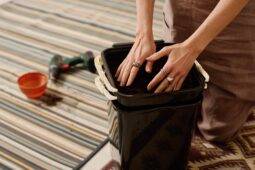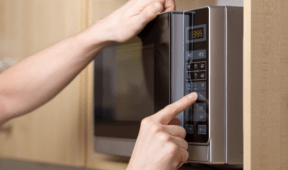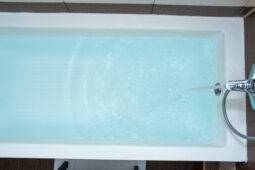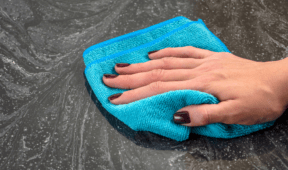Keep Your Home Dust-Free With These 7 Tips
It’s easy for dust to build up in a home, especially one with pets. It really doesn’t take long before you start to see it settle on surfaces after you’ve cleaned them, especially in hard-to-reach places. All that dust can affect your air quality and even trigger allergies. Thankfully, staying ahead of it doesn’t have to be hard, and there are plenty of habits you can build that will keep dust at bay. Here are a few!
Floors
Dust loves to settle at ground level, especially on rugs and carpets. Vacuuming regularly (yes, meaning more often) with a vacuum that has a HEPA filter can make a huge difference. If you have hard floors, sweeping is helpful but should always be followed with a damp mop to pick up any dust that was just moved around rather than swept up. If possible, leave shoes at the door to keep outside dirt from becoming indoor dust.
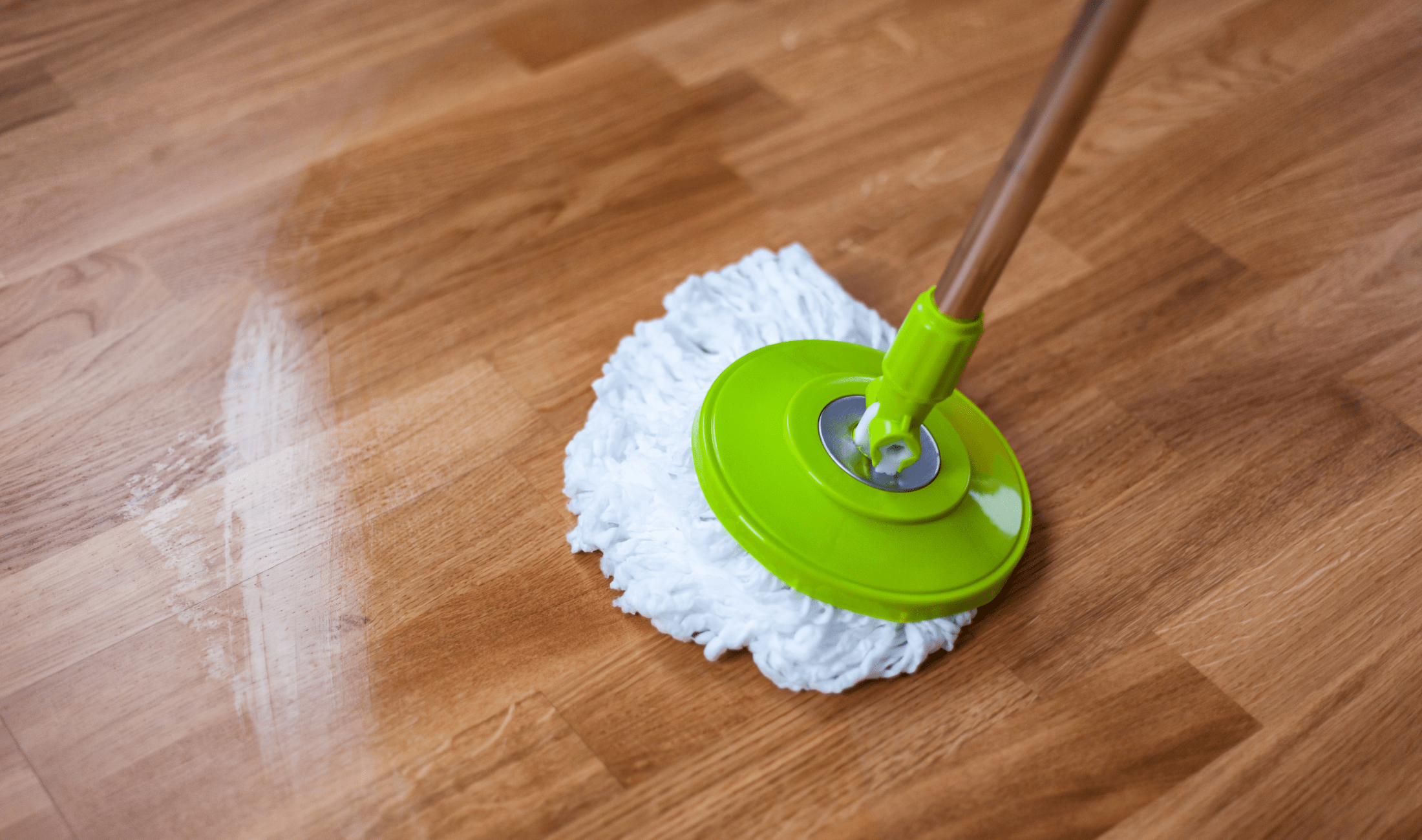
Fabrics
Soft surfaces like curtains, cushions, and upholstered furniture collect dust quickly. Washing curtains, rotating throw pillows, vacuuming couches and chairs, all can help keep dust buildup under control. If possible, switch to machine-washable covers or lower-maintenance fabrics. Leather or faux leather furniture may be easier to keep clean than cloth upholstery if dust is a frequent issue.
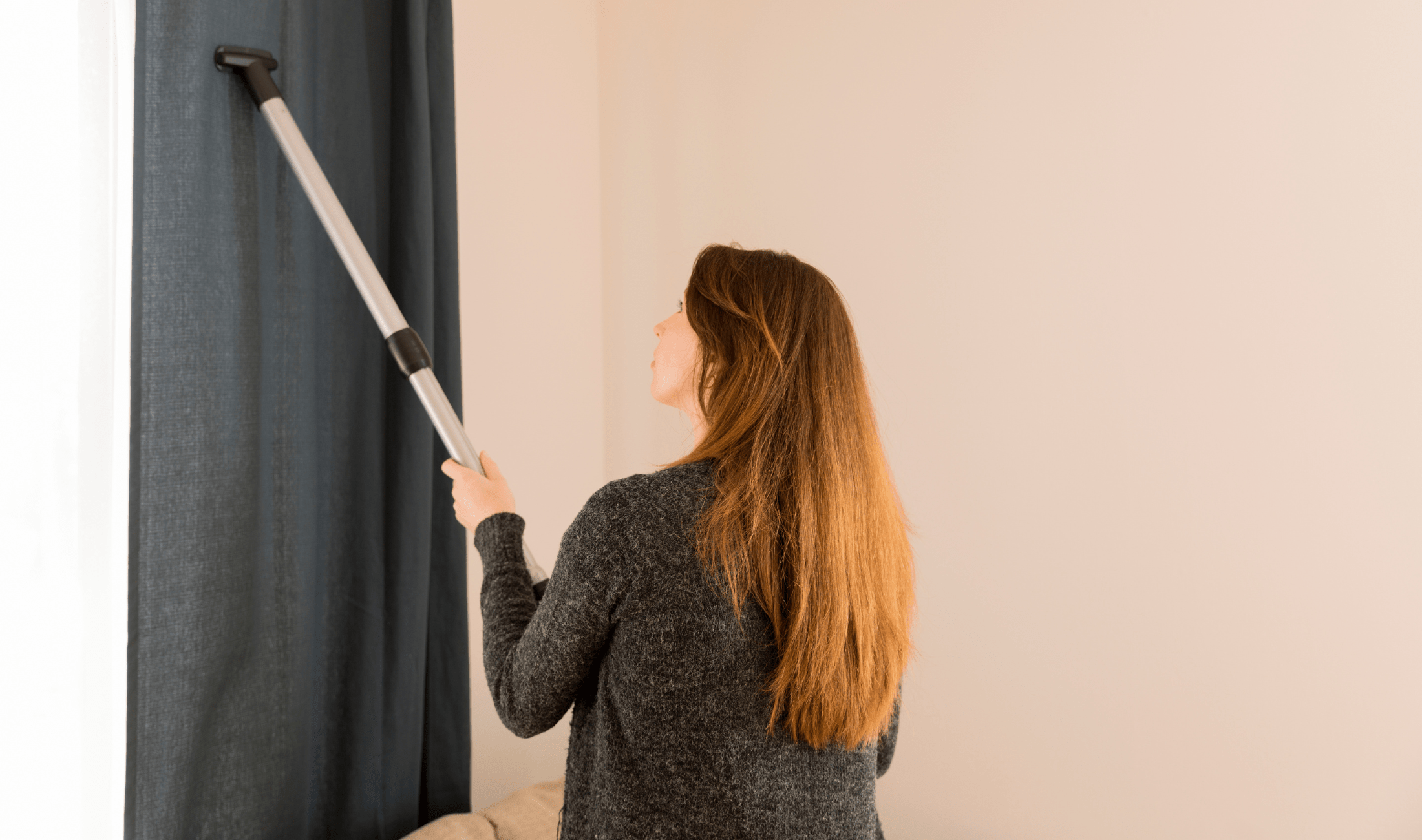
Air Filters
Your HVAC system is supposed to help with indoor air quality, but only if the filters are doing their job. A clogged or outdated filter can circulate dust instead of trapping it. Check your system’s filter once a month and change it as needed. If you have pets or live in a dry, dusty area, you may need to do this more often than the standard recommendation.
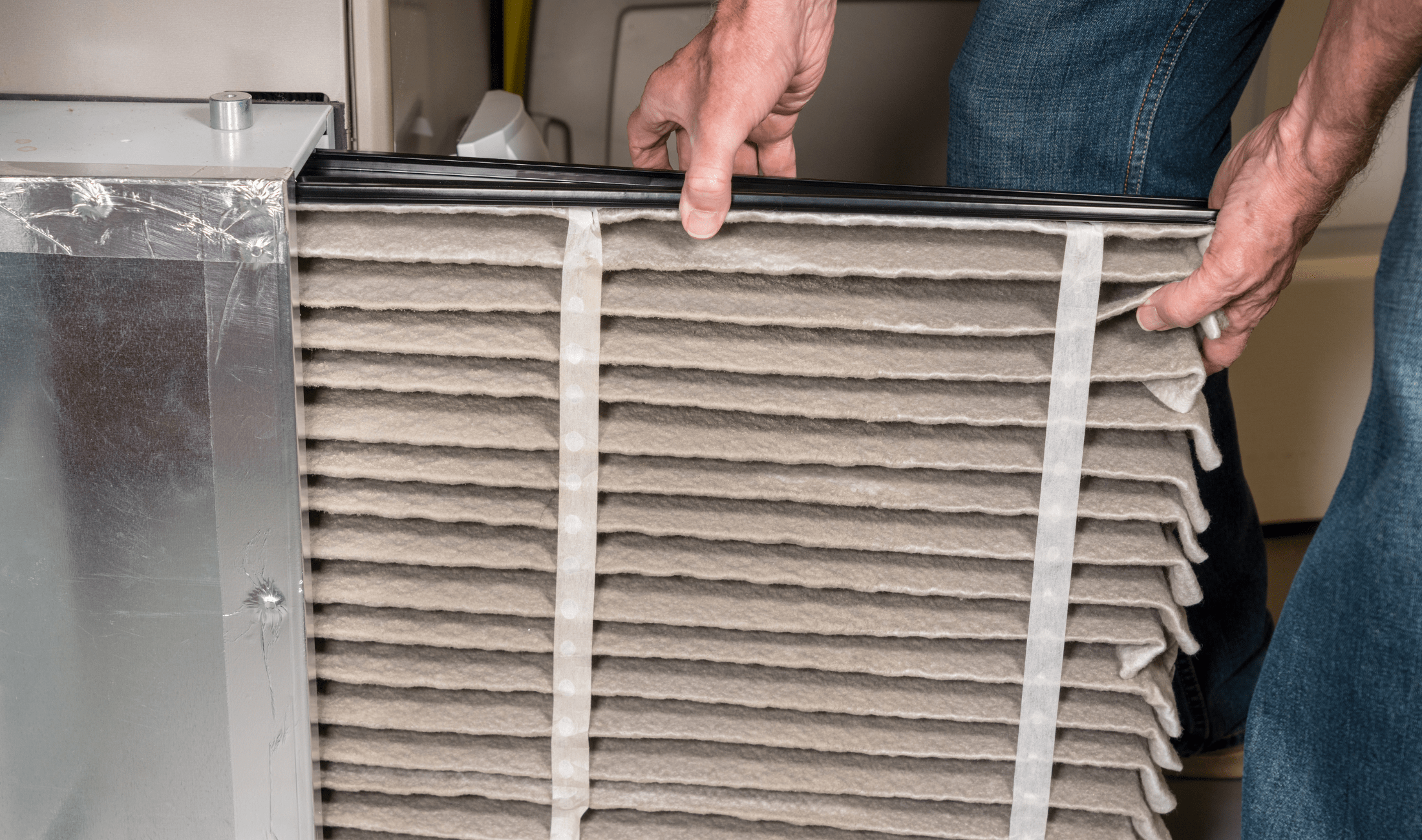
Hidden Dust Spots
It’s easy to forget about areas like baseboards, the tops of ceiling fans, light fixtures, or behind appliances. These places are magnets for dust and tend to release it back into the air every time they’re disturbed. Wiping them down every few weeks with a damp microfiber cloth can help keep dust from resettling on clean surfaces. Even just tackling one small area at a time makes a difference over the long run.
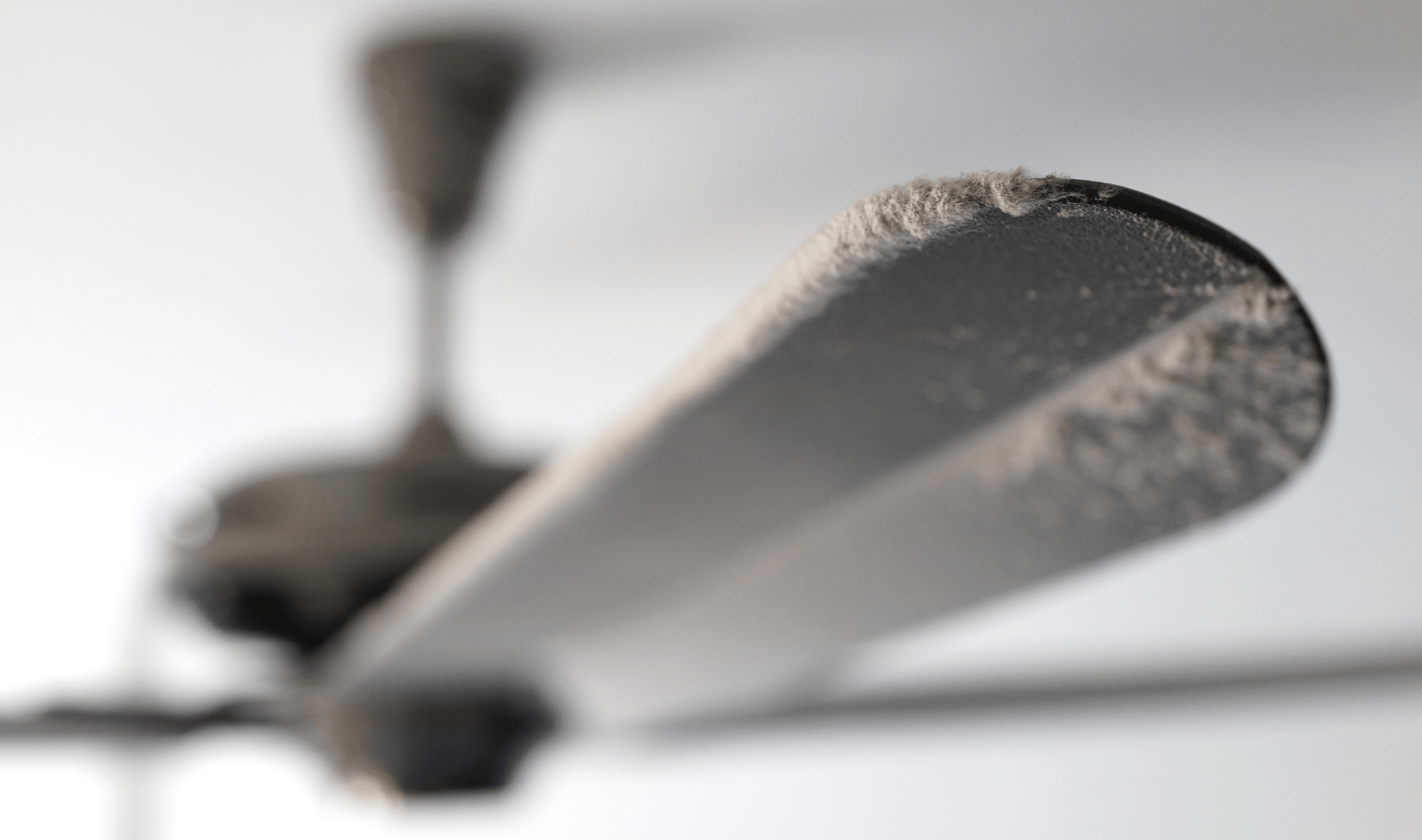
Humidity
Dry air encourages more dust to circulate. When the air is slightly more humid, dust tends to settle instead of floating. That doesn’t mean cranking up the humidity, though, as that can lead to other issues. Aim to keep indoor humidity around 40 to 50 percent. A small humidifier can help in dry rooms, while a dehumidifier might be useful in damp spaces that tend to grow mold instead.
Simplify Where You Can
Clutter collects dust. The more items you have on shelves, surfaces, and the floor, the more places dust has to land. Try simplifying high-dust areas like bookshelves, mantels, or bathroom counters. You don’t have to get rid of everything, just be intentional about what’s displayed. Fewer surfaces to dust means less time spent cleaning and fewer sneezes in between.
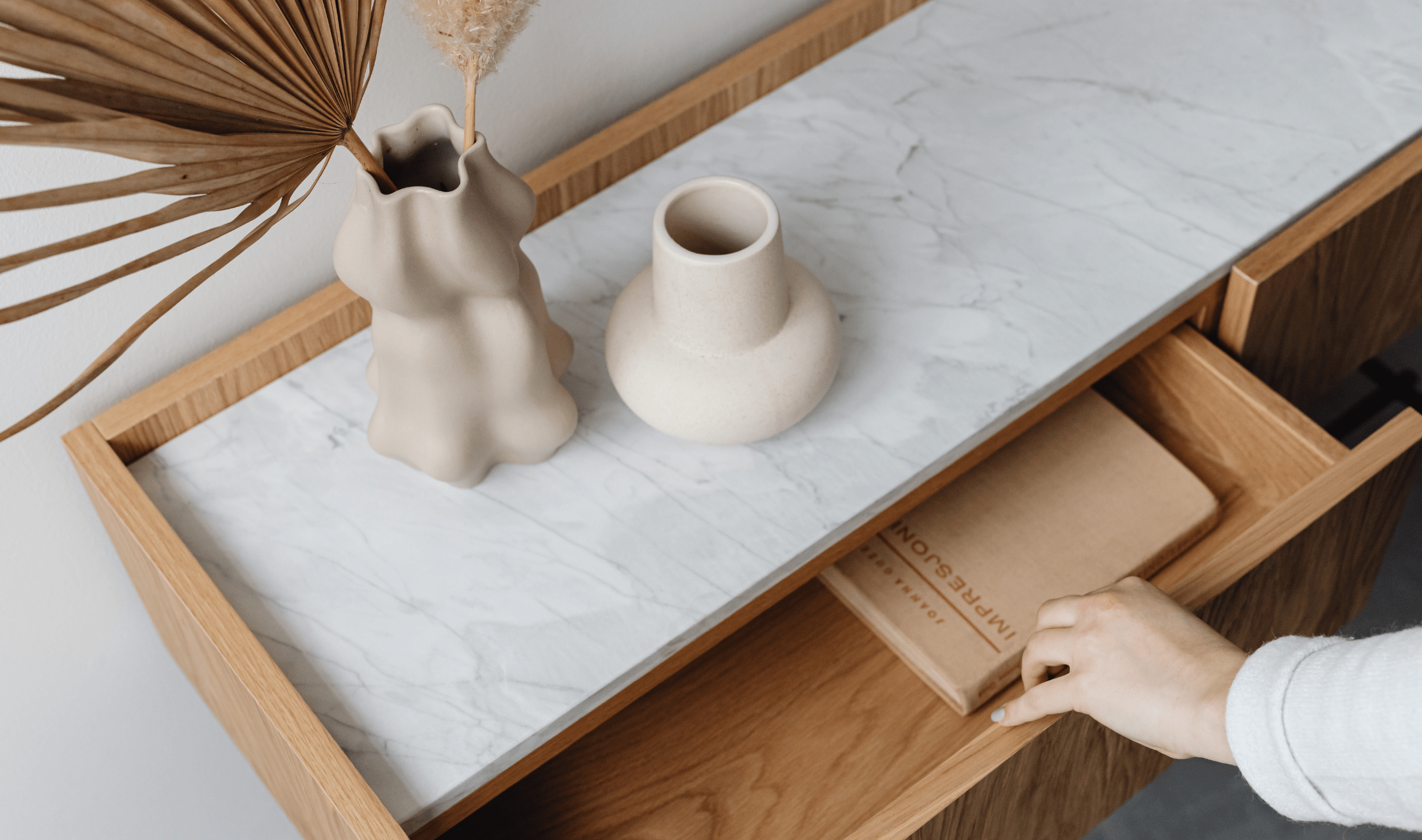
Check Your Tools
The tools you use can either help or make dust worse. Feathers and dry cloths often just move dust into the air. Instead, use microfiber cloths or electrostatic dusters, which trap particles better. A damp cloth is another simple choice that works well on most surfaces. Washing cleaning cloths after each use also helps prevent dust from being reintroduced the next time you clean.
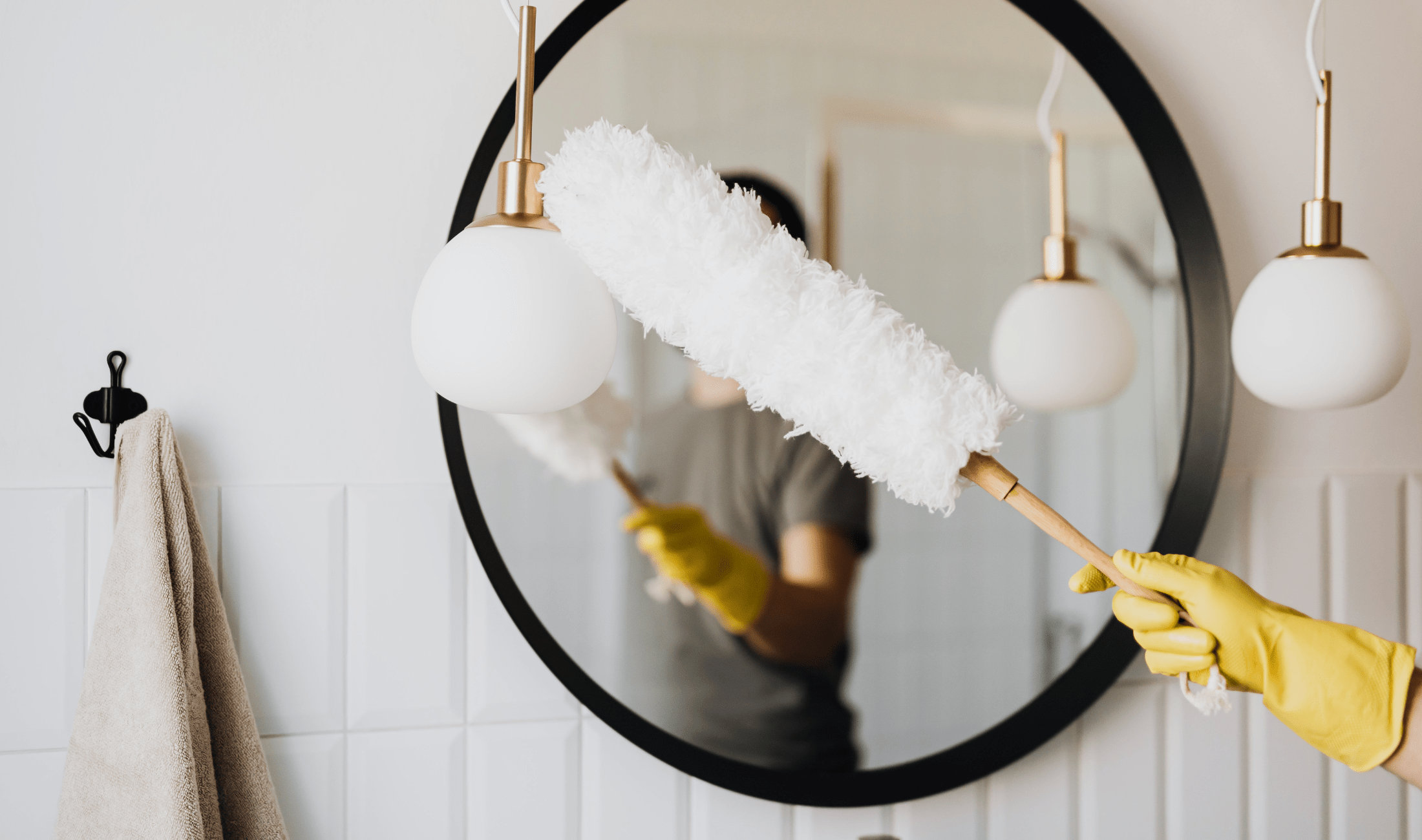
Related Articles
Keeping a dust-free home doesn’t mean it has to be spotless every day. Focus on building small habits that fit your schedule, and, over time, these small steps will lead to a home that not only looks cleaner, but also feels better to live in. Dust is sneaky, but it’s not impossible to stay ahead of. The more consistent you are, the easier it gets.

